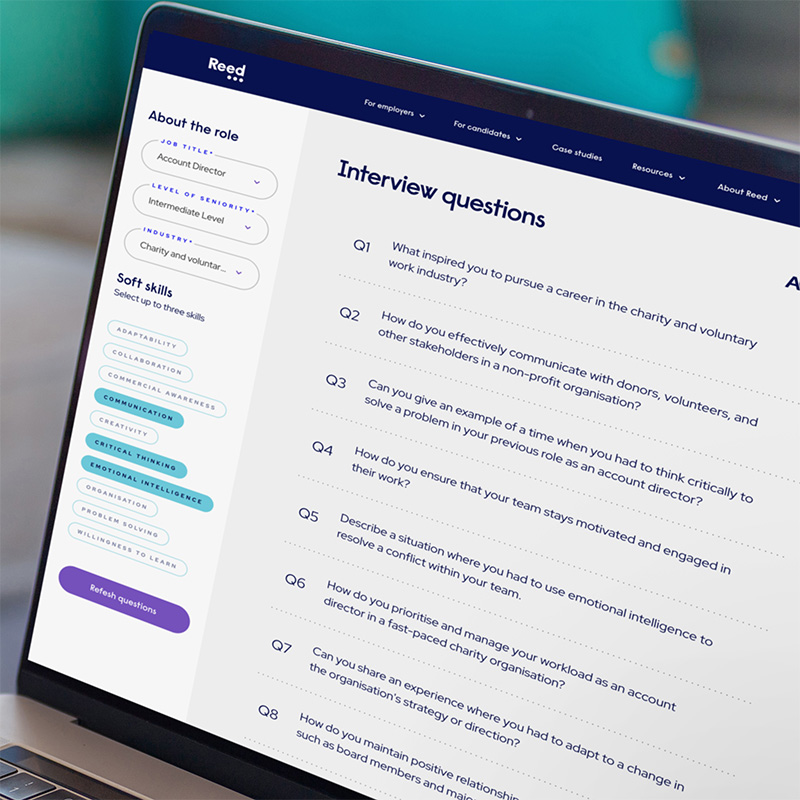- Home
- Consultants
- Veronika Vrbkova
Veronika Vrbková
Recruitment ConsultantReed Brno
Veronika joined Reed after graduating from Masaryk University in 2022. She began her career as a Researcher in the MSS team, where she sourced candidates for multilingual positions in customer support and administration. After her promotion to Consultant in 2023, she took the opportunity to change her specialization and chose to join the Engineering division. She focuses on recruiting for specialized roles in Research & Development, Automation, and Electrical engineering. She keeps a close eye on market trends and changes, and she is committed to supporting your hiring needs or job search.













